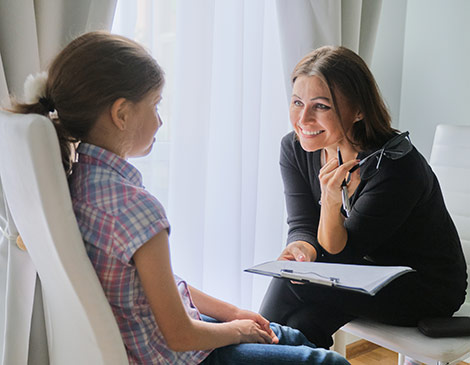As mental health awareness continues to rise, children and adolescents are no exception to developing issues. But how parents can best keep an eye on their kids’ mental health isn’t always as clear. Dr. Margaret Stager, director of the division of adolescent and young adult medicine at MetroHealth System, weighs in on what to look for, how to help and where to turn for professional guidance.
Spot subtle shifts
Therapists usually advise parents to be on the lookout for changes in kids’ behavior such as spending less time with their friends. But what used to be considered red flags have since become recommended precautions during the pandemic, which can make it harder to identify troubling changes. Sager says to look for emotional shifts such as a lack of joy and an unwillingness to participate in activities they love. “If you notice they’re checking out and just don’t seem happy at all, that’s a sign that things aren’t right,” she says.
Keep your cool
Stager encourages limiting children’s exposure to the news so as not to overwhelm them with a never-ending stream of information. Resist the urge to leave the TV news on all day or share headlines at random (for example, “Oh my gosh, listen to what I just read on Twitter!”), and instead share sporadic, thoughtful updates about what’s going on in the world. “Your disposition and attitude about this pandemic influence how your kids are doing,” Stager reminds parents.
Encourage communication
Stager leans on the recommendation from the American Academy of Pediatrics that parents engage their children in regular conversations about the pandemic. If you’re having trouble getting older kids to open up, solicit their views on something seemingly unrelated, such as asking a teenage sports enthusiast to explain how the NBA is handling its games. “Even if the parent already knows the answer, it’s a way to engage in conversation around the pandemic that may not be as alarming and feels more conversational,” Stager says.




